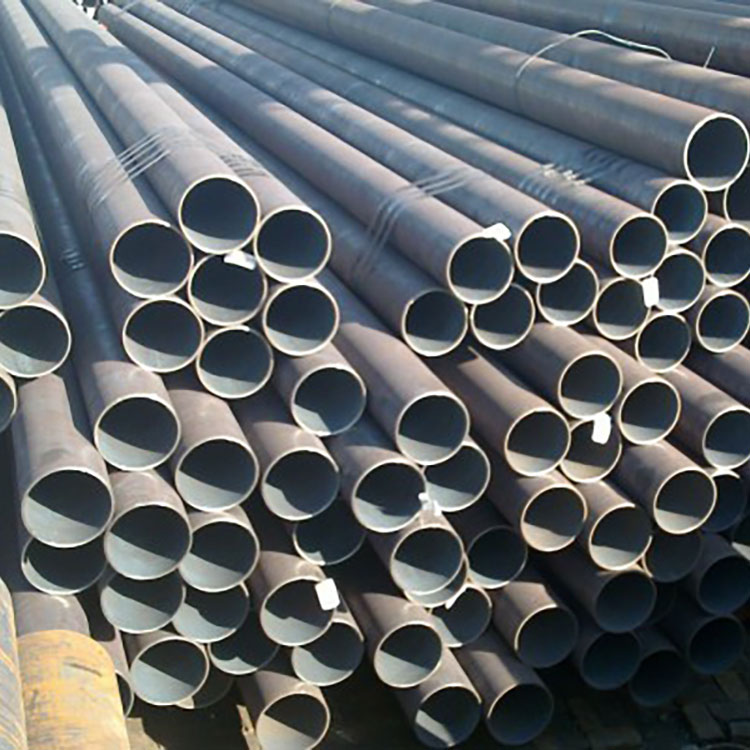Navigating Construction Projects: Common Sizes of Steel Pipes
2024-05-13
In the realm of construction projects, steel pipes are foundational elements, serving as conduits for various utilities and structural support systems. Their versatility and durability make them indispensable across diverse industries, from residential buildings to industrial complexes. Understanding the common sizes of steel pipes is crucial for architects, engineers, contractors, and even homeowners embarking on construction ventures.
The Backbone of Construction: Steel Pipes
Steel pipes are integral components in construction, employed for a multitude of purposes, including plumbing, structural support, and conveying gases or fluids. Unlike other materials, steel boasts exceptional strength and resilience, making it a preferred choice in environments that demand reliability and longevity.
Common Sizes and Dimensions
1. Nominal Pipe Size (NPS)
Nominal Pipe Size (NPS) is a standardized numerical designation used to denote the approximate inside diameter of steel pipes. Common NPS sizes range from 1/8 inch to 36 inches, with larger sizes available for specialized applications. It's important to note that NPS does not directly translate to the actual dimensions of the pipe; rather, it serves as a convenient identifier for pipe sizing.
2. Schedule Thickness
In addition to NPS, steel pipes are categorized based on their wall thickness, which is specified by a schedule number. Standard schedules include 5, 10, 20, 30, 40, 60, 80, 100, 120, 140, 160, STD, XS, and XXS. The schedule number indicates the thickness of the pipe's wall, with higher numbers denoting thicker walls.
3. Common Sizes
- 1/8" to 12": These smaller sizes are typically used for residential plumbing applications, such as water supply lines and drainage systems. They are also prevalent in HVAC (Heating, Ventilation, and Air Conditioning) installations.
- 14" to 24": These mid-range sizes find utility in various industrial and commercial settings, including irrigation systems, oil and gas pipelines, and structural supports for medium-sized buildings.
- 26" to 36" and beyond: Larger steel pipes are predominantly employed in heavy-duty infrastructure projects, such as bridges, tunnels, and high-rise constructions. They facilitate the efficient conveyance of large volumes of fluids or serve as load-bearing elements in massive structures.
Factors Influencing Size Selection
The selection of steel pipe sizes in construction projects hinges on several factors, including:
- Flow Rate and Pressure Requirements: Pipes must be sized appropriately to accommodate the desired flow rate and withstand the operating pressure.
- Structural Load: Steel pipes utilized for structural purposes must possess adequate strength and stiffness to support the intended loads.
- Environmental Conditions: Considerations such as temperature extremes, corrosive environments, and soil conditions influence the choice of pipe material and size.
- Regulatory Compliance: Construction standards and building codes stipulate minimum requirements for pipe sizes to ensure safety and structural integrity.
Conclusion
In construction projects, the choice of steel pipe sizes is a critical decision that impacts the functionality, safety, and longevity of the infrastructure. By understanding the common sizes and dimensions of steel pipes, stakeholders can make informed choices tailored to the specific requirements of their projects. Whether it's for plumbing, structural support, or industrial applications, steel pipes remain indispensable assets in the modern construction landscape, providing a robust foundation for innovation and development.



